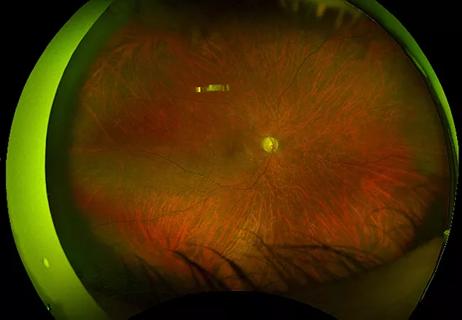A case study from Adam Brown, MD
A female patient in her 60s presented to her primary care physician with a new onset rash in her lower extremities; otherwise, she felt well. The rash was not painful or itchy, but looked suspicious for leukocytoclastic vasculitis. Her creatinine was 2.5 and had previously been normal, so the team was concerned for glomerulonephritis. Her other labs were inconsistent with vasculitis, and according to Adam Brown, MD, staff in the Orthopaedic and Rheumatologic Institute, something “wasn’t quite adding up.” In this short video, Dr. Brown discusses the differential diagnosis and why a closer look is important before prescribing immunosuppressive agents.
Cleveland Clinic is a non-profit academic medical center. Advertising on our site helps support our mission. We do not endorse non-Cleveland Clinic products or services. Policy
Cutaneous vasculitis is the most common vasculitic manifestation encountered in clinical practice. Although this frequently manifests as palpable purpura, it can have a wide range of appearances. In over 70 percent of patients, cutaneous vasculitis will be due to a medication, infection, malignancy, an underlying inflammatory disease or a primary systemic vasculitis. In the remaining 30 percent, this presents as an isolated cutaneous vasculitis in which no other organs are affected and there is no evidence of a linked cause.
When a cutaneous vasculitis is suspected, assessment should focus on three goals. First, the clinician must rule out vasculitis that is threatening a critical organ. Next, the clinician should confirm that this is indeed vasculitis. Finally, the team should attempt to identify an underlying trigger or disease where possible.
This patient ended up hospitalized because of her worsening renal function, and her blood cultures came back positive for Streptococcus viridans. She “actually had both mitral and aortic endocarditis that was causing a leukocytoclastic vasculitis… It’s really important to catch this, as immunosuppression would have been fatal in this patient,” says Dr. Brown

Evidence-based therapies, monitoring, prevention and more

Holistic approach is necessary to ensure a correct diagnosis

Knowing the affected organs and vessels can help in identifying cause

When to consider the possibility of pulmonary artery involvement

When GCA initially presents without cranial symptoms

Relapses are frequent even with long periods of remission

Multidisciplinary management resolves complex case

Raising awareness of a common manifestation